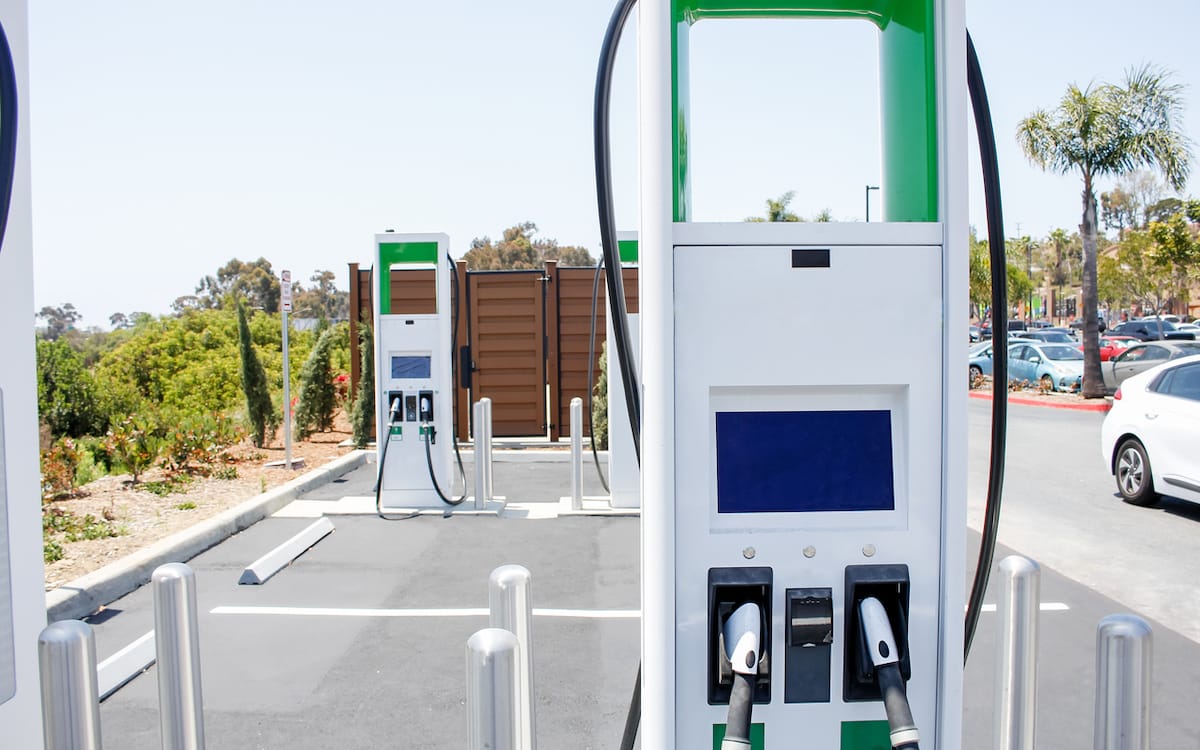Infra
OEB sets Ontario standards for charging infrastructure installation

The new streamlined Ontario Energy Board procedure will help facilitate the integration of charging infrastructure and EVs into the provincial grid
The Ontario Energy Board (OEB) has mandated all utilities to adopt a standardized procedure for installing and connecting new EV charging infrastructure.
The new regulations, known as the Electric Vehicle Charging Connection Procedures (EVCCP), were released in February. They came into effect in May.
“Standardization…will help speed up and make it a lot easier to bring more of that infrastructure to the province,” said Harneet Panesar, chief operating officer for the OEB, in a press statement.
Ontario has 58 local distribution companies. Each has its own procedures for connecting new public EV charging stations, timeline information requirements and customer responsibilities. This creates a complex provincial energy sector.
To address this issue, the OEB spent a year consulting with several sector stakeholders. They highlighted a need for better clarity, transparency, consistency and efficiency in connecting EV charging stations.
The new procedure applies to public charging connections along highways, service centres and workplace charging. It also includes multi-residential buildings and charging stations used by electric fleet vehicles.
Seven-step application process
According to the OEB, the EVCCP will streamline and standardize key elements of utility load connection processes and requirements. These include timelines, information exchange and responsibilities of both distributors and non-residential customers pursuing the connection of EV charging stations.
Customers looking to add public charging infrastructure and a connection with the utility will need to follow seven steps:
- Preliminary consultation;
- Customers submit a connection request;
- The utility reviews the information;
- The utility provider makes an Offer to Connect (OTC);
- Project development and construction;
- Energization; and
- If expansion is required, a final economic evaluation will be done.
“As the number of EV owners in Ontario continues to grow, our government is making it easier to put shovels in the ground to build the critical infrastructure needed for drivers to charge their vehicles where and when they need to,” said Todd Smith, the former Minister of Energy, in a press statement.
“This is just another step we are taking to reduce red tape, increase EV adoption, and use our clean electricity supply to support the electrification of Ontario’s transportation sector.”
The OEB is also working on a proposal to deliver new rates for public charging stations with a low load factor. A stakeholder meeting was held earlier this month. The OEB plans to continue a more general review of electricity rates in the future. The tentative date for making the new discounted rate available to eligible customers in low-demand areas is January 2026.
Industry reacts
With the new standards for installing and connecting EV chargers implemented by the OEB, utility providers across the province must now follow suit.
So far, utilities are responding positively to the mandatory regulations.
In an email statement to Electric Autonomy, a spokesperson for Toronto Hydro expressed strong support for the new standardized process for building and connecting public EV chargers in Ontario. “This will improve the efficiency of the process and, ultimately, provide customers with more options to charge in our rapidly growing city,” said the spokesperson.
“This is one of many steps that will help us advance electrification in Toronto.”
Similarly, Hydro Ottawa has welcomed the new standardized procedures. In their statement to Electric Autonomy, a spokesperson highlighted Hydro Ottawa’s dedication to supporting electrification.
“Hydro Ottawa is dedicated to supporting electrification and providing our customers with a streamlined process to apply for and connect their Electric Vehicle Supply Equipment (EVSE) to Hydro Ottawa’s distribution grid,” said the spokesperson.
“Hydro Ottawa aims to facilitate the integration of electric vehicles into the grid.”
Meanwhile, PowerON Energy Solutions, a subsidiary of Ontario Power Generation (OPG) that provides turnkey electric vehicle charging solutions, says the new standard will help fleets to “provide the right information upfront ” and get more clarity on the time to get an upgraded utility connection.”
“Local utilities are going to face a growing wave of connection requests and standardizing the connection process will help streamline work for both utilities and fleets,” says Keegan Tully, president & CEO of PowerON Energy Solution to Electric Autonomy.
“Utilities will need to continue to look for more opportunities to streamline their processes in the future to keep pace with electrification.”


)






